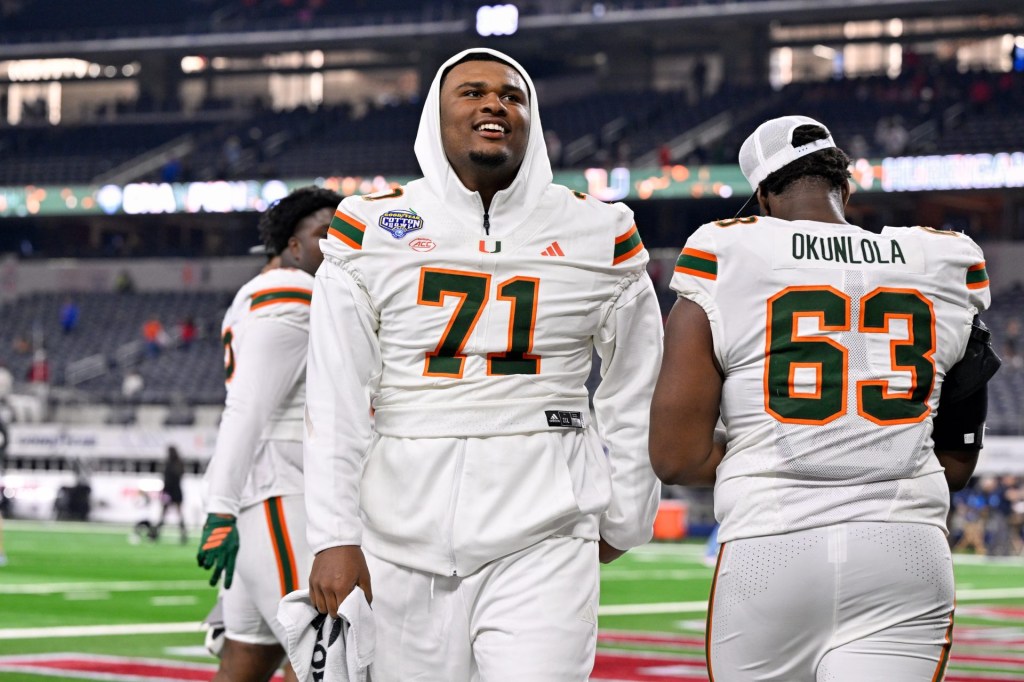When March Madness games tip off today, TV crews will embark on what is likely their most difficult job since sports restarted.
Chairman of CBS Sports Sean McManus said that games will look normal for view, but behind the scenes, March Madness is the most complicated sporting event to broadcast — and the pandemic makes it harder.
This year, 10 television crews will work games instead of eight. They will also use more robo-cams over basketball nets than they have during previous years.
Broadcast crews both in the studio and onsite can work long, grueling shifts covering up to four games in one day. “It’s been hard, I’m not going to kid you,” CBS broadcaster Jim Nantz told reporters.
As has been the case with other games, the sideline reporting job is particularly difficult. CBS’ Tracy Wolfson, for example, said she’ll be relegated to a “pen” slightly off the court. That makes reporting logistically challenging, given she won’t be able to listen to in-game huddles and might miss out on important developments.
Wolfson will have to find a new place to work from at each of the tournament’s six venues. “Once you get comfortable in one spot, you’re going to be moved to another,” she said.
Broadcasters said they’re nevertheless thrilled to be back in arenas — even if just to socialize with each other and not be stuck in hotel rooms.
And calling the games? “It’s all gravy for us,” CBS analyst Bill Raftery said.

















